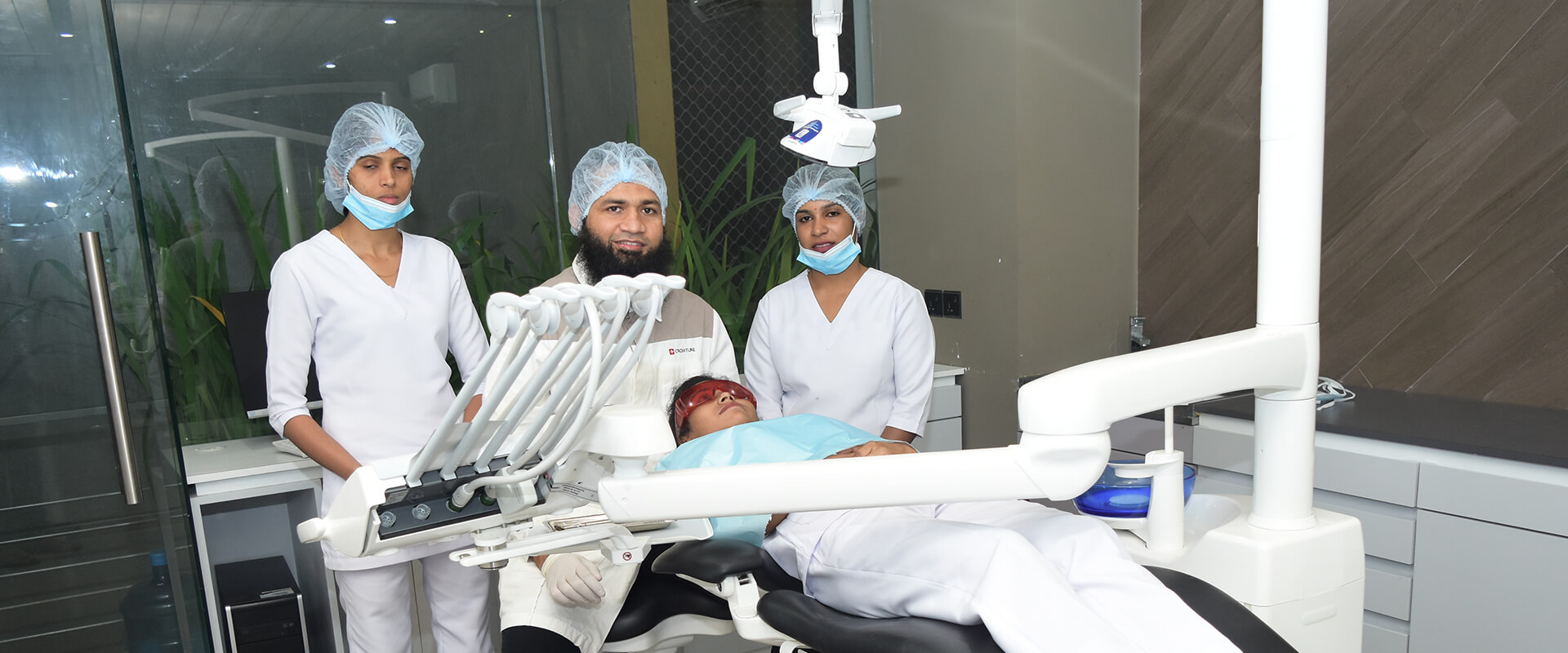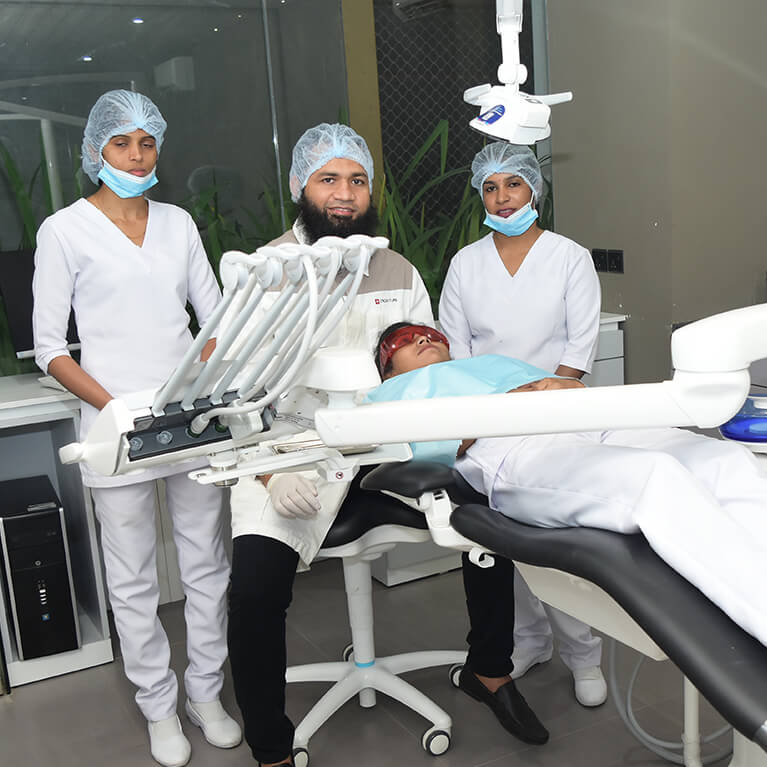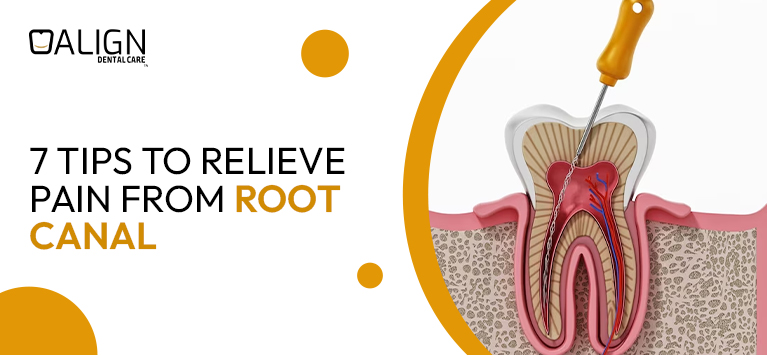Are you dealing with those tiny, pesky bumps on lips that won’t seem to go away? Your lips are an important part of your body as they help you in expressing yourself to the world. If you have developed bumps on them, you might be feeling a sense of self-awareness. In appearance, lip bumps can vary, ranging from being red and irritated to flesh-toned and almost invisible to anyone other than yourself. They can be a common concern, causing discomfort and a bit of worry. Whether you’re experiencing red, swollen, or painful bumps, finding the root cause is the first step toward relief. Getting medical attention is essential to maintaining your optimal health.
In this guide, we have broken down everything you need to know about bumps on lips. We’ve discussed the primary reasons behind these bumps, their symptoms, and simple home remedies to soothe your lips naturally.
Causes of Bumps on Lips
So, besides the infamous cold sores – those tiny, bothersome blisters that love to crash our lip party – bumps may also pop up as a response to things your lips might not be too fond of, like certain lip balms or maybe a spicy dish you indulged in.
But wait, there’s more! Sometimes, your lip’s glands may be playing hide-and-seek and end up blocked. This can lead to the formation of little cysts or nodules. Also, it turns out that your lips are like tiny weather reporters – exposure to harsh conditions can be another reason for those bumps making a surprise appearance.
And guess what? Hormones and stress can join the lip-bump party, too! It’s like your lips having a conversation with your body. And sometimes, they express themselves with a little bump or two. Thus, it can be a cold sore, an allergic reaction, blocked glands, or just your lips reacting to life’s ups and downs. Try to know the cause of this issue. It’s like decoding a message from your lips about what they’ve been through.
Symptoms of Lip Bumps
Recognizing the signs linked with those unexpected lip bumps is like becoming a lip detective – it’s key to getting the right fix. Keep an eye out for redness, a bit of swelling, and tenderness in the area that’s not playing nice. Sometimes, these bumps may decide to throw a party and turn into downright painful sores. This makes simple things like munching on your favorite snacks or having a chat a bit of a bother.
But wait, there’s more to this lip saga! Some bumps might come with a little extra drama – they could be itchy or even develop a crusty texture. It’s like your lips trying to tell you a story in their way. Now, different bumps mean different games. Therefore, understanding the symptoms is like holding the map to find the quickest route to comfort. So, if you notice anything odd happening on your lips, consider it your lips’ way of waving a little red flag for attention.
Home Remedies for Bumps on Lips
We’ve figured out what may be causing bumps on lips and the signs to watch out for. Now, we will switch gears and discover some down-to-earth solutions. Say goodbye to those pesky bumps on your lips as we explore easy, do-at-home remedies that can transform your lip care routine. Think of it as a friendly guide to give your lips a little extra love and care. Ready to turn those frowns into smiles? It’s time to give your lips the TLC they deserve – the natural way!
Here are some easy-peasy home remedies to make those lip bumps feel less like uninvited guests and more like temporary visitors:
- Hydration is Key
Keeping your body well-hydrated is like giving your skin, including your lips, a refreshing drink. Hydration is essential for overall skin health. Imagine your skin sipping on water to stay plump and healthy. So, grab that water bottle and make it your hydration buddy for happy, moisturized lips!
- Gentle Lip Care
Think of your lips as delicate petals that need tender care. Choose a lip balm that’s like a gentle hug for your lips – mild and fragrance-free. It’s like giving your lips a soft blanket of moisture without any annoying perfume. Your lips deserve a gentle touch, right?
- Cold Compress
Picture this: your lips are having a mini spa day with a cold compress. Applying something cool is like saying “chill out” to those bumps. It helps shrink swelling and ease any discomfort. It will work as a soothing ice pack for your lips, providing that much-needed relief.
- Aloe Vera Magic
Aloe vera is like nature’s magic wand for irritated lips. The plant acts as a superhero, swooping in to calm down any redness and irritation on your lips. It’s like a green guardian angel for your skin. In turn, consider aloe vera your go-to sidekick for naturally happy lips.
- Tea Tree Oil Treatment
Ever heard of tea tree oil? It’s like a tiny army fighting off any unwanted guests on your lips. It is your lip’s superhero, battling microbes and keeping things clean. Diluting it with carrier oil is like giving it the perfect armor to fight the good fight on your lips.
- Avoiding Triggers
Identifying your lip’s dislikes is like being a detective for a day. Spicy foods or certain lip products might be causing trouble. It’s like steering clear of a bumpy road. Imagine it as giving your lips a break from things that don’t make them happy. This will make your lips breathe and be carefree.
Consistency is key when trying out these home remedies. Give your lips the care they deserve, and you’ll likely notice a positive difference.
Winding Up
Bumps on the lips can be a common concern. But if you know their causes, symptoms, and simple home remedies, you can take control of your lip health. Whether it’s a cold sore, an allergic reaction, or a blocked gland, knowing the root cause is the first step to getting relief. Embrace natural remedies, stay hydrated, and be mindful of your lip care routine to keep those pesky bumps at bay. If symptoms persist or worsen, it’s always wise to consult with a doctor for personalized advice.
With these practical insights, you can now confidently face the challenge of bumps on your lips and work towards maintaining smooth, healthy lips every day.
















